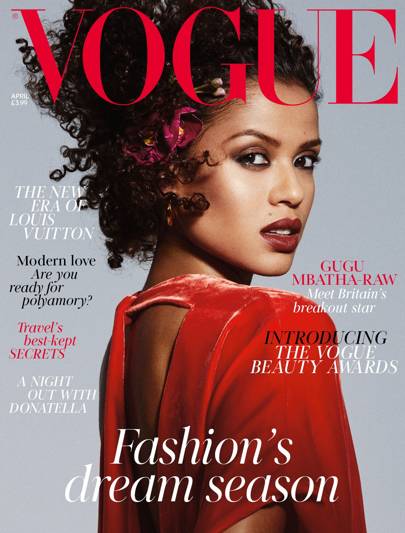During my research I have noticed that most of the models portrayed in fashion magazines are
young female adults (18-30). The genre for this magazine usually includes new trends, styles,
designers and make-up.
One example of how models are already represented in the the fashion magazine industry would
be their “perfection.” The magazine interprets their beauty are portrayed as “perfect” with is a
common stereotype for this genre of magazine. All models that are seen in fashion magazines
are shown as skinny or having a perfect body because advertisers have appealed to women’sinsecurities in hopes of selling them the solution. The models can also be seen as “fake”
because of the photoshop thats done to the picture. Although the models are naturally posing and don’t look uncomfortable in the way they are posing. But even though some magazines try to give a
more “natural look” by not wearing that much makeup, their skin is still airbrushed and their teeth
are most likely still whitened.
Another example in which models are represented in fashion magazines depend on the target audience. For instance, some of these magazines that are targeted for male audiences can
have a completely different interpretation because it can be seen as models using their sexuality
to target their audience. They are more sexually exploited because of their audience consists
mostly of males. But if the target audience are females of a higher class and middle aged, the
models would be dressed or seen as more respectable, formal and natural. Models are also
seen as being happy all the time because in all the magazine covers they seem like that.
Most of these representations are accurate because of the way models are chosen for the
fashion magazines. All of them are tall, beautiful and extremely skinny. I understand why fashion
magazines require that for their magazines because without that it is unlikely for their magazine
to sell. It’s more likely for the audience to buy a magazine if they are posed in a way to inspire
their audience to try to look like they do. Promoting new trends and styles that look good on the
models convince the audience to buy it and try it out. Even if the target audience is males, it is
evident that the magazine won't sell if the models don’t look or dressed certain type of way.
Even though I don't believe all of these representations are correct or ethical, magazines wouldn't sell because it wouldn't target what the audience wants. Some representation characteristics I would challenge would be the body image of the models. If models were more secure with their own body image and demand that their picture would be published without photoshopping, everyone else will follow suit and more women and girls will realize that there is no such thing as “perfect” beauty. Fashion models having the “perfect” body image can lead to include eating disorders, depression, substance abuse, and health problems for both the models and teenagers that look up to those models. Some representation characteristics that I would retain would include the way models always look happy because it gives the magazine good and positive vibes that can lead to the target audience to buy.








